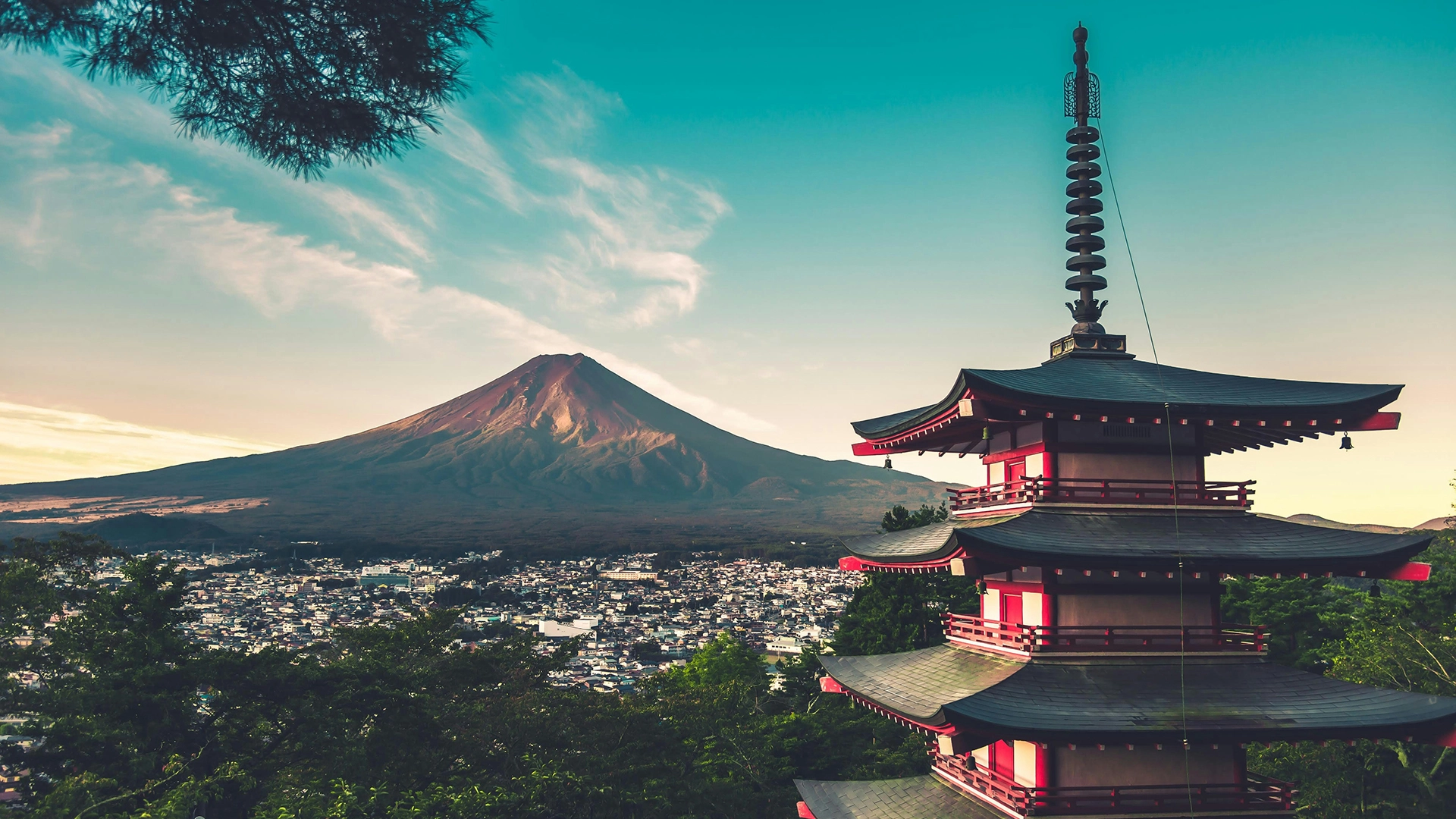
Photo by Max Bender on Unsplash
Tokyo Shares AI-Generated Mount Fuji Eruption Video to Prepare Citizens
Japanese officials from the Tokyo Metropolitan Government have released an AI-generated video simulating a Mount Fuji eruption to mark Volcanic Disaster Preparedness Day on Sunday.
In a rush? Here are the quick facts:
- The Tokyo Metropolitan Government released an AI-generated video simulating a Mount Fuji eruption.
- The realistic video showed how the volcanic ashes could cover the Japanese city within two hours and the consequences of the tragic scenario.
- Japanese officials explained that the goal is to raise awareness.
According to CNN, the realistic video showed volcanic ash covering the sky and Tokyo’s buildings and vehicles, attempting to show the city’s 20 million residents what could happen if the volcano erupted.
Mount Fuji has not erupted since 1707, but it remains an active volcano. “The moment may arrive without any warning,” was one of the messages in the AI-generated video. It also warns that the volcano ashes could cover the Japanese city within two hours, disrupting power, food supplies, and traffic, while posing serious health risks.
In January, the Japanese government announced that there was an 80% chance the territory could be affected by a severe earthquake. And, while experts also warn that these predictions can never be significantly accurate, Tokyo officials have preferred to pursue an impactful prevention campaign.
🌋 Tokyo releases AI-generated video of Mount Fuji erupting..
It is all part of an artificial intelligence-generated video the Tokyo Metropolitan Government released last week to raise awareness of what could happen to the capital if Mount Fuji erupted. 🌋 pic.twitter.com/PFKKT2Rcu4
— Global𝕏 (@GlobaltrekX) August 26, 2025
According to AP, the video also caused confusion and anxiety among some citizens but carried a strong sense of urgency. Its final message, displayed alongside a stocked pantry, read: “We need to arm ourselves with facts and prepare for disaster in our daily lives.”
The Japanese government explained that even if there are no signs of Fuji’s eruption, the goal is to raise awareness. “The simulation is designed to equip residents with accurate knowledge and preparedness measures they can take in case of an emergency,” said the Tokyo government in a recent statement.
In March, the Japanese government also warned residents to keep a two-week supply of essentials at home in case of emergency. As a country highly vulnerable to natural disasters, Japan continuously prepares for a range of scenarios, from typhoons and earthquakes to floods and volcanic eruptions.
AI is increasingly playing a role in disaster preparedness, helping scientists predict natural phenomena and unexpected events. NASA and MBI recently developed an open-source AI system called Surya to predict solar activity. Scientists are also using AI models to anticipate viral evolution as part of pandemic preparedness.


 Previous Story
Previous Story

 Latest articles
Latest articles 